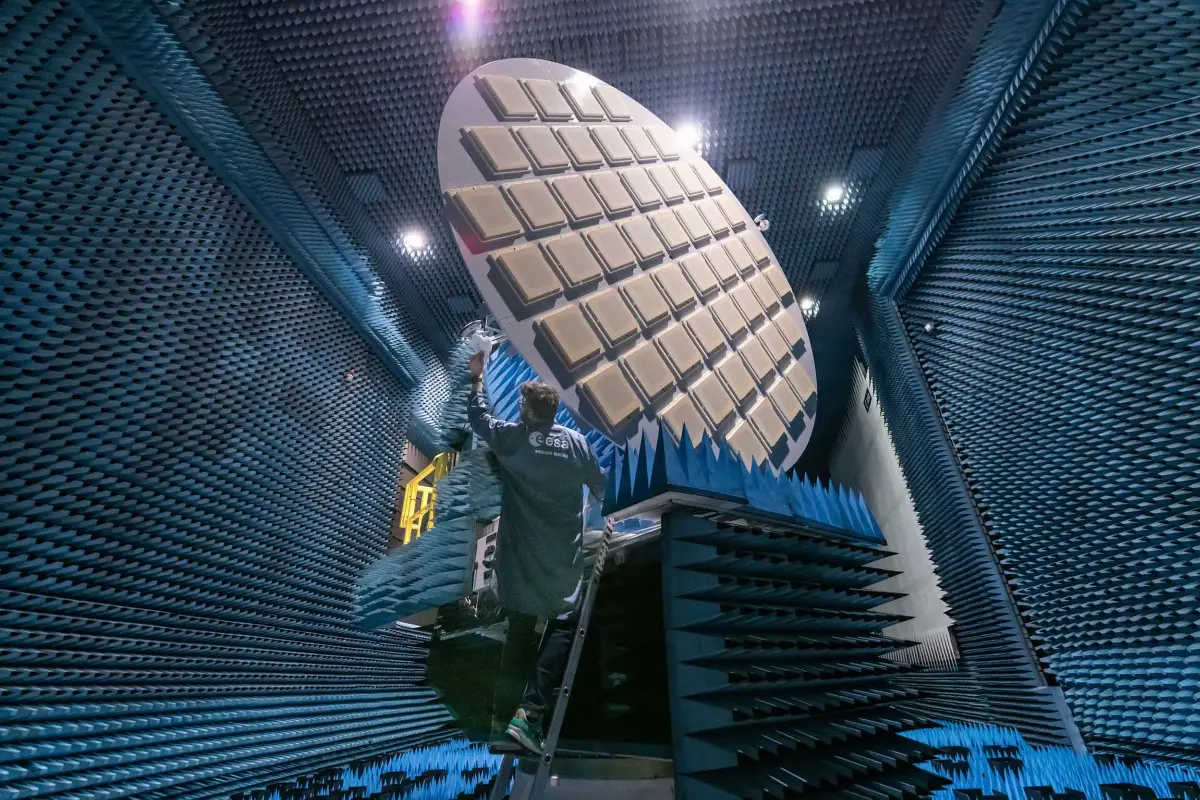
Do you want to access to this and other private contents?
Log in if you are a subscriber or click here to request service
Fincantieri: IDS tested the transponder antenna within ESA Biomass Mission
The activity is part of the contract awarded to Airbus DS by the European Space Agency

Fincantieri NexTech, through its subsidiary IDS – Ingegneria Dei Sistemi, in collaboration with C-CORE, have been selected to develop and install the P-band Biomass Calibration Transponder (BCT) in New-Norcia, Australia. This activity is part of the contract awarded to Airbus Defence and Space Ltd. by the European Space Agency (ESA) to build its Biomass satellite for the next Earth Explorer mission. The ES...
red/f - 1245615
AVIONEWS - World Aeronautical Press Agency
AVIONEWS - World Aeronautical Press Agency